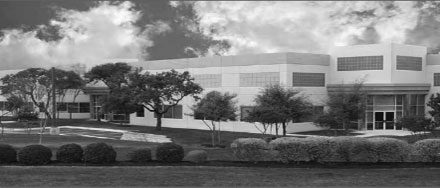Three Critical Components for Keeping Pace in the Space Race
In the early 1960s, President John F. Kennedy set the goal of landing a man on the moon within the decade. He reasoned, “No nation which expects to be the leader of other nations can expect to stay behind in the race for space.”
SOURCE: TTI MarketEye.
By Gia Hayes, Vice President, Military and Aerospace Segment, TTI Inc.
Today’s space race is no different as significant future technology and international relations and freedoms depend on how we harness the sky above us. Data reporting and forwarding between CubeSats and ground infrastructure, internet service to underserved regions, military terrain and asset monitoring, global transport management, remote sensing, deep space exploration and more depend on how adeptly we develop these opportunities.
For those in the dynamic, critical and competitive military/aerospace industry that requires the utmost degrees of precision, dependability and coordination, here are three crucial areas that must be mastered to remain competitive:
1. Premier Products: A system is only as effective as its individual components. That means not only authentic parts but available ones. Dependable supply chains are crucial. Beyond that, the rigors of space’s harsh environments require products to be the most robust, flexible, efficient, space-saving and secure.
Only space-grade or mil-spec parts will do for long-duration or human spaceflight missions, but for low earth orbit and limited life systems, a quality distribution partner can help recommend commercial-grade off-the-shelf parts or even automotive-grade components to provide significant savings when budgets impact mission certification requirements.
2. Flexible Systems: Since design is such a volatile and dynamic process, speed, flexibility and adaptability are necessities if, or more likely, when plan A gets sidetracked. Knowing how to coordinate and optimize the parts you’ve assembled to complete your desired project from start to finish is an exercise that requires an efficient, resilient system.
With space exploration companies doing more iterative testing programs where they launch, test and revise—and then launch, test and keep moving forward, they need a component source that can keep up and be fast and flexible with the right product on the shelf to make those required changes a reality.
3. Trusted Partners: The right partner isn’t just the one who can supply your component needs today but the distributor who knows you, your inventory and your corporate goals enough to know what your needs will be tomorrow—and be able to deliver the goods.
Just as satellites in space need control rooms, tracking and monitoring capabilities on the ground, companies need component suppliers to keep them on the right track. With multiple launch operators trying to get systems into orbit before the other guys and bills of materials changing overnight, you must have a reliable distributor with the speed, flexibility and capability to provide what you need when you need it.
On July 20, 1969, astronaut Neil Armstrong set foot on the moon, which he called “one giant leap for mankind.” I’m proud that TTI has a long history of providing high-reliability, mil-spec and space-level components since Kennedy’s Apollo days when some of our first sales were high-performance passive components going into aircraft for defense systems.
Today we offer the deepest and widest inventory of quality electronic components in everything from satellite constellations to launch vehicles and are creating a new online Space Resource Center with the latest and finest articles, videos and news in space-age components.











